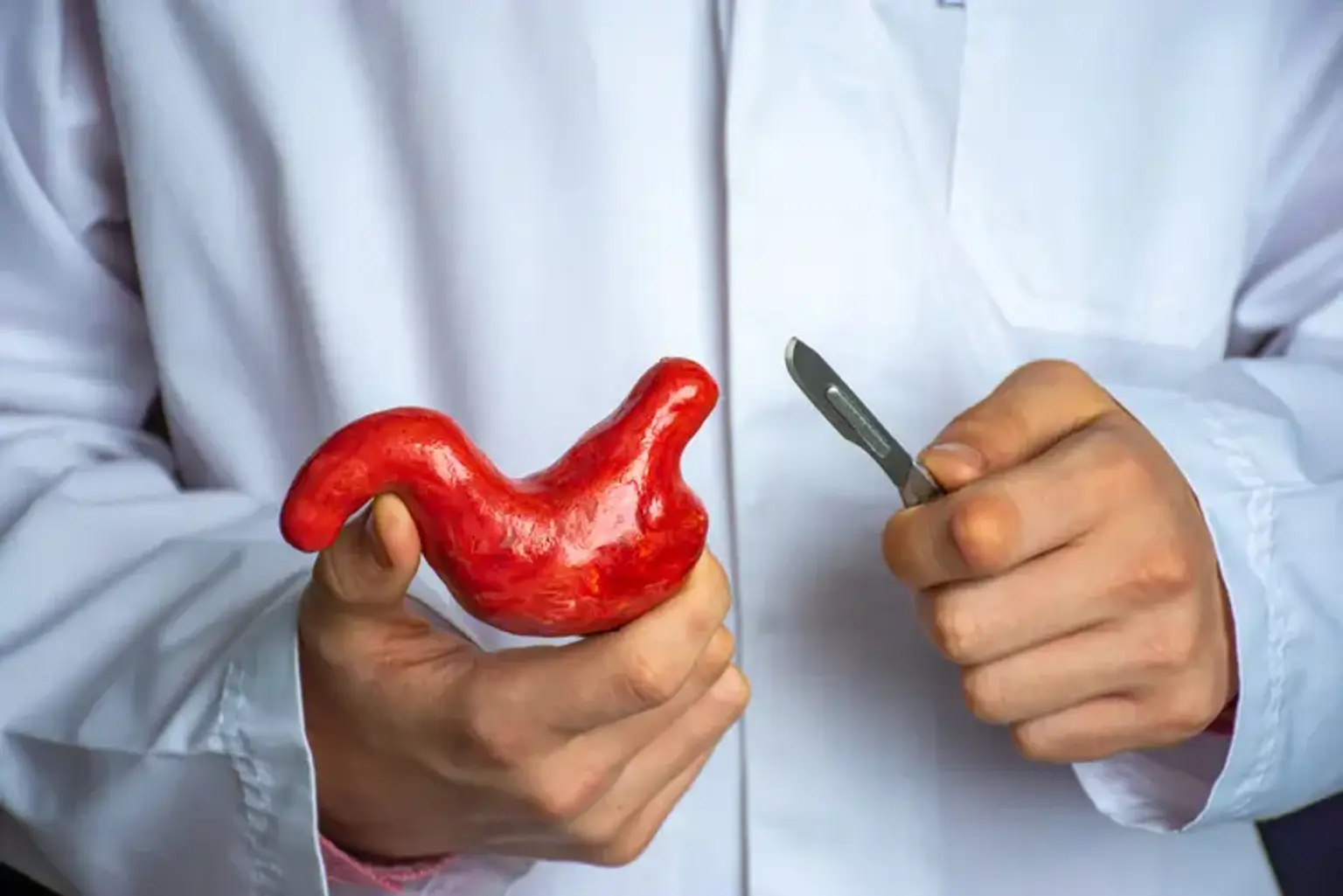Upper Gastrointestinal Surgery
Overview
Upper gastrointestinal (GI) surgery is performed to address disorders of the small bowel, gall bladder, liver, pancreas, or esophagus.
The oesophagus (food pipe), duodenum (initial section of the small intestine), and stomach comprise the upper gastrointestinal (GI).
If a patient has symptoms such as bloating, stomach discomfort, heartburn, swallowing difficulty, or acid reflux, a doctor may propose upper gastrointestinal (GI) surgery. To determine the underlying problems, the condition is initially investigated utilizing diagnostic procedures.
